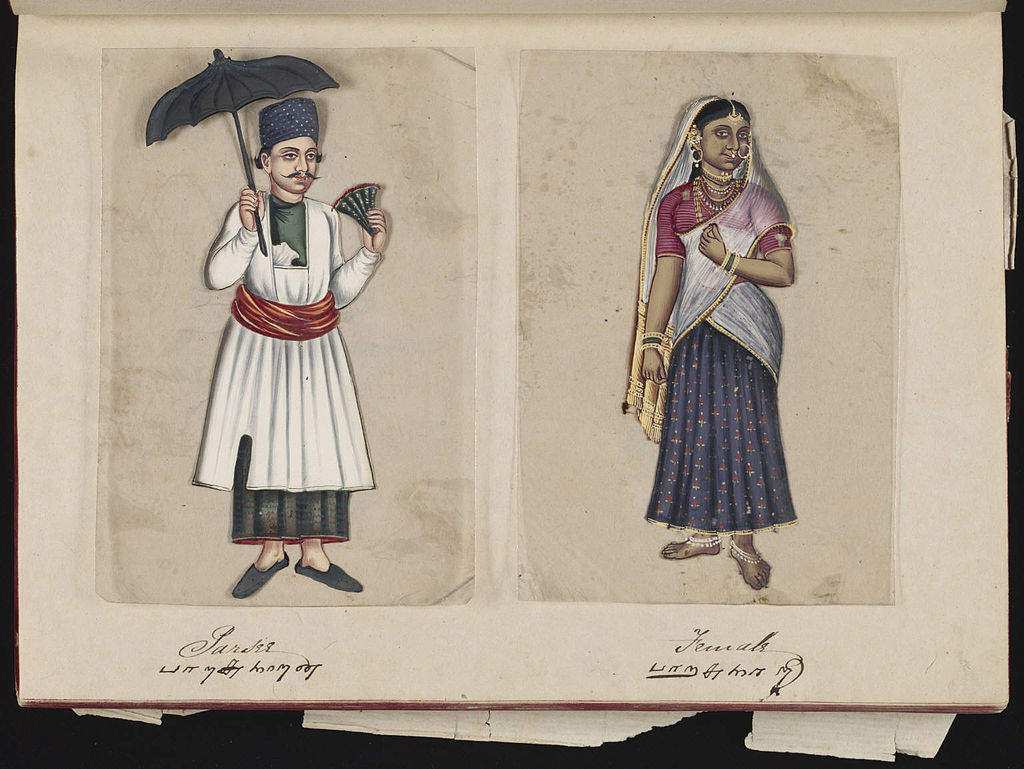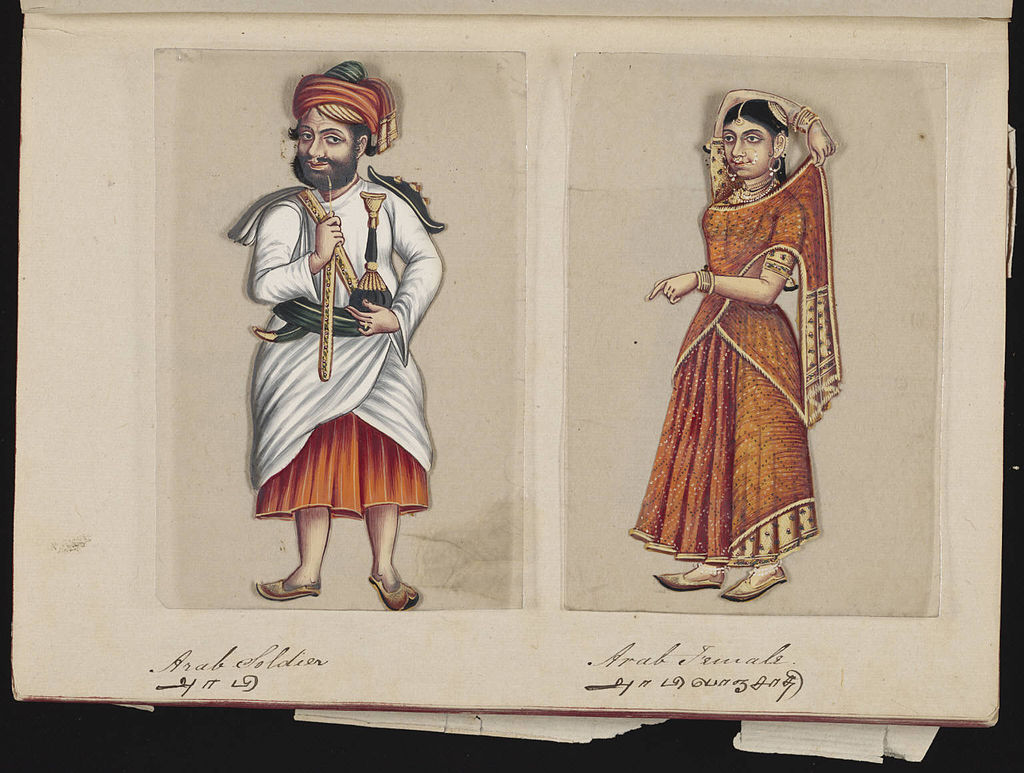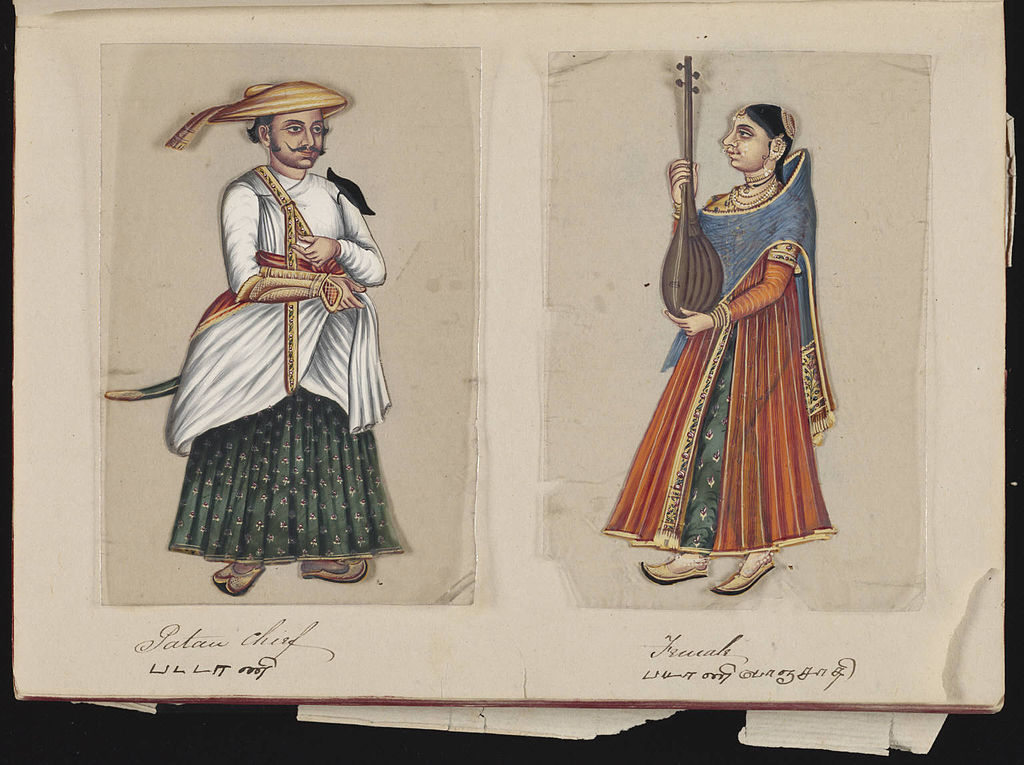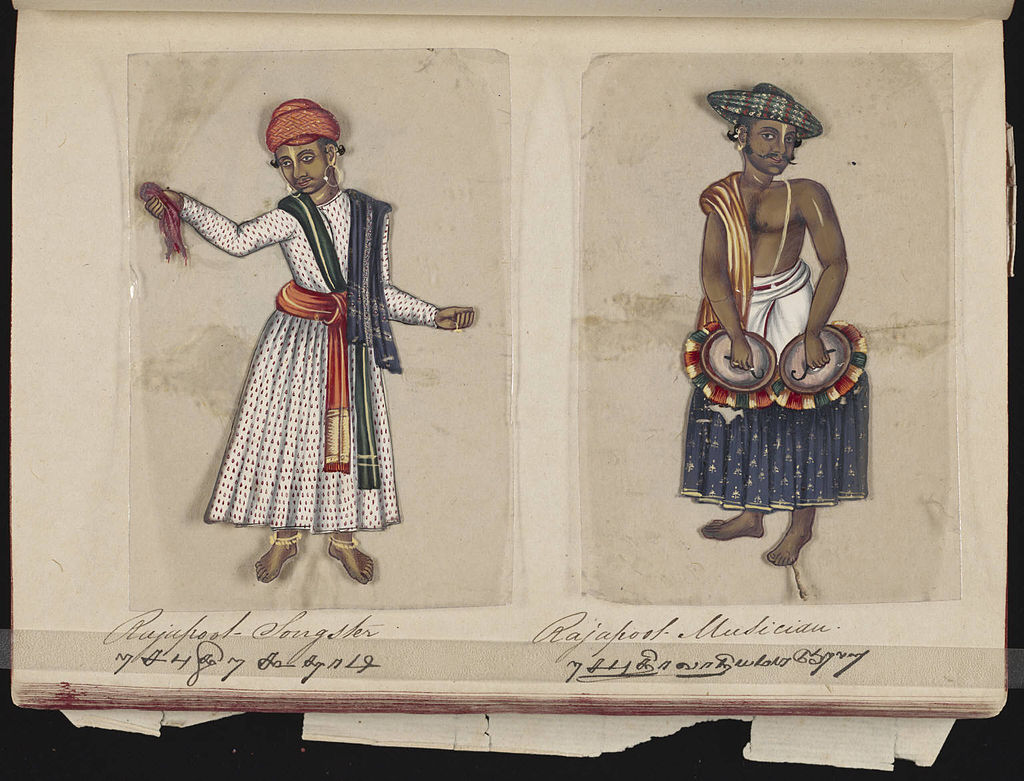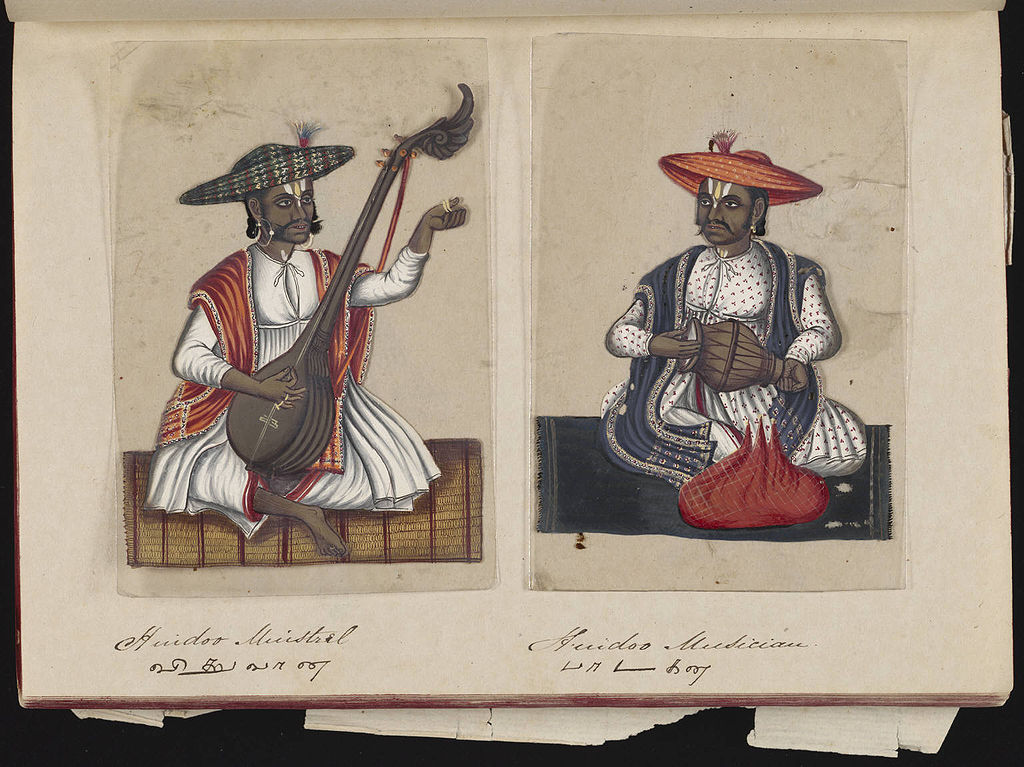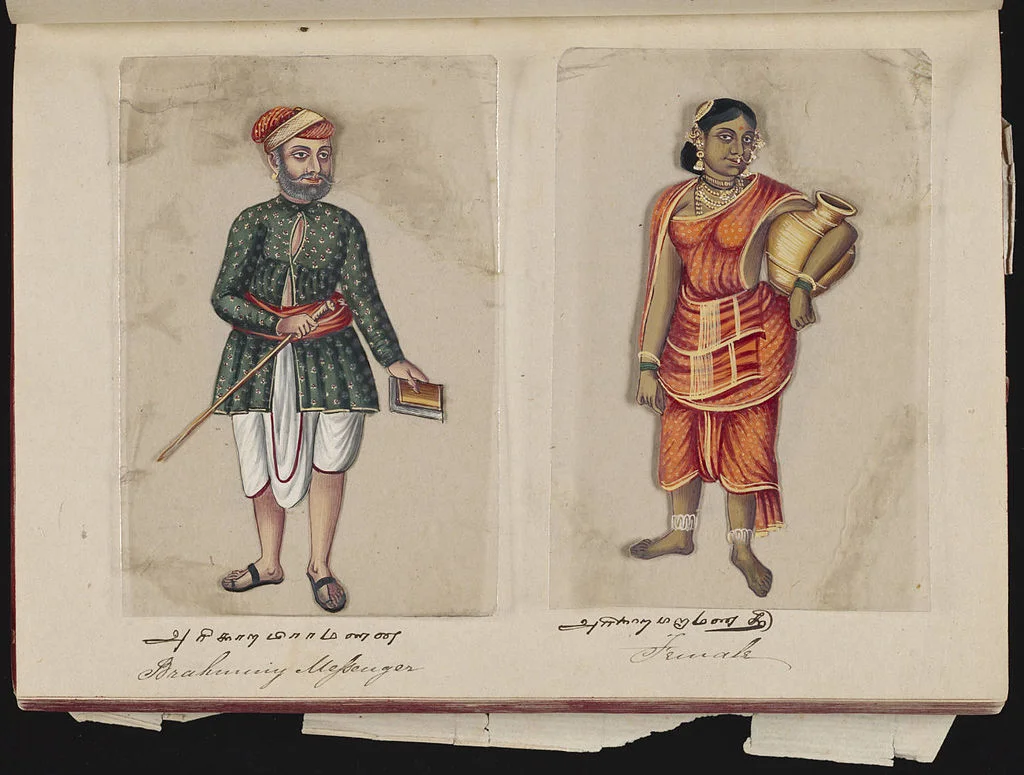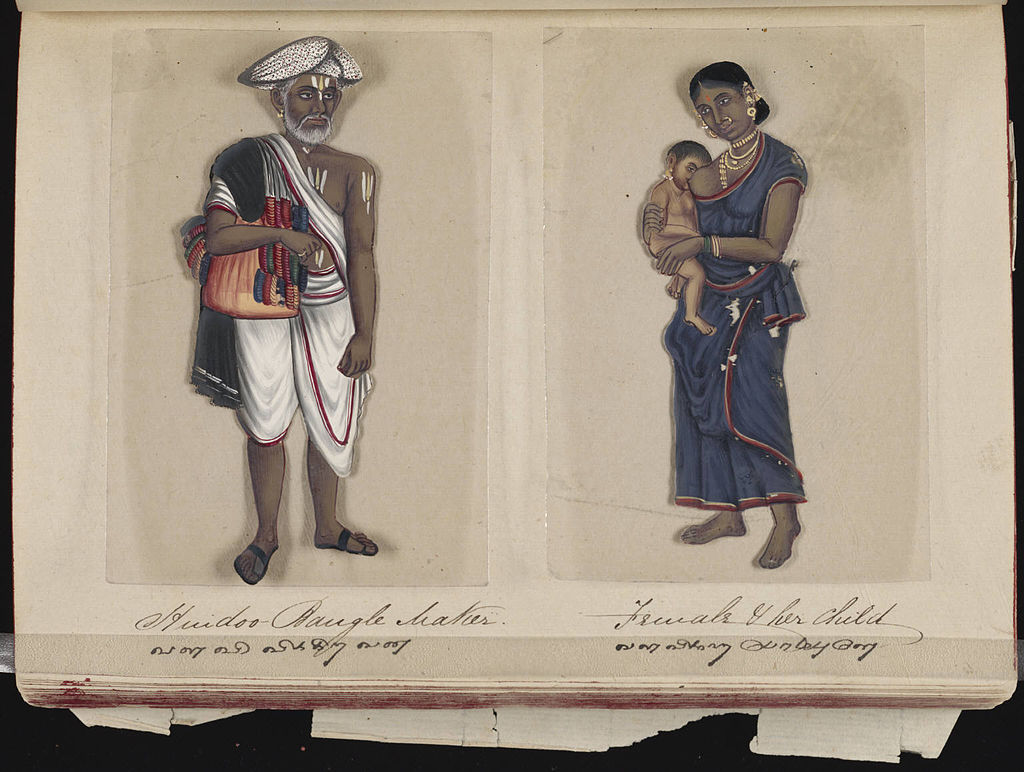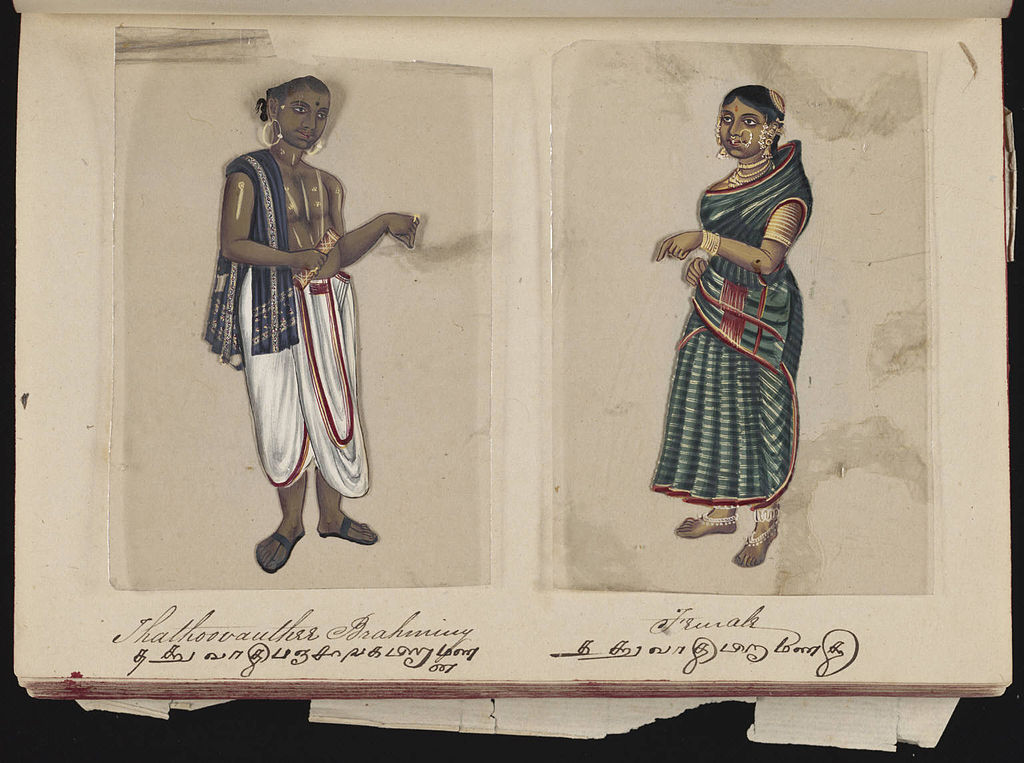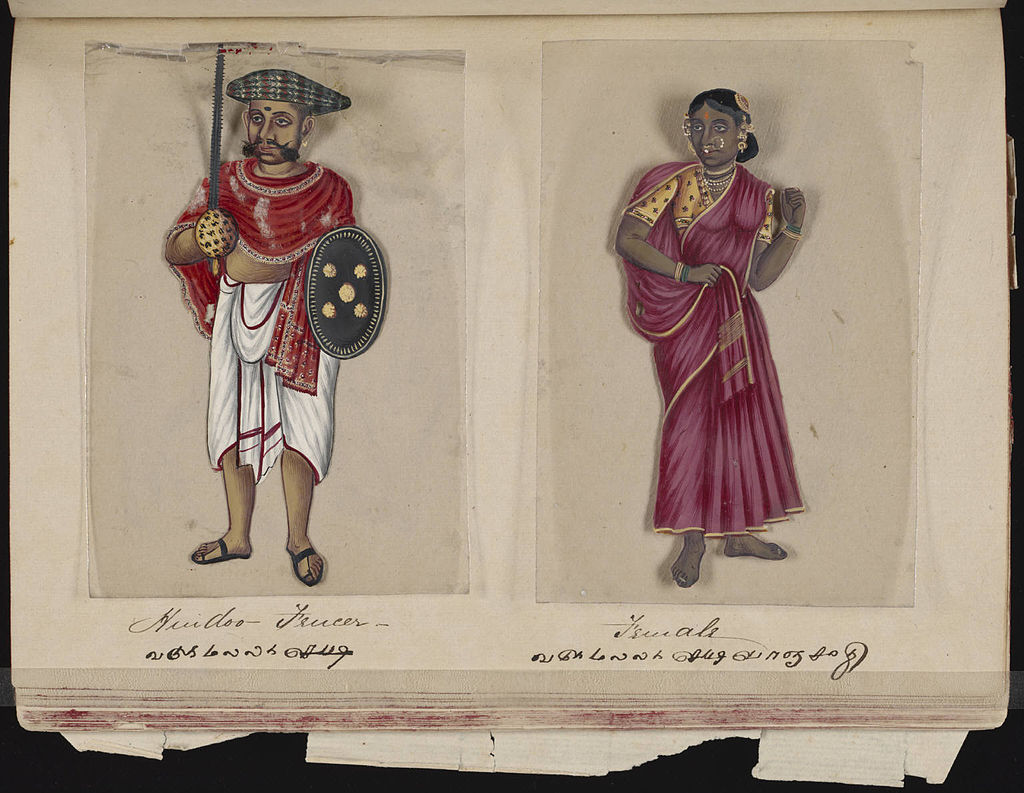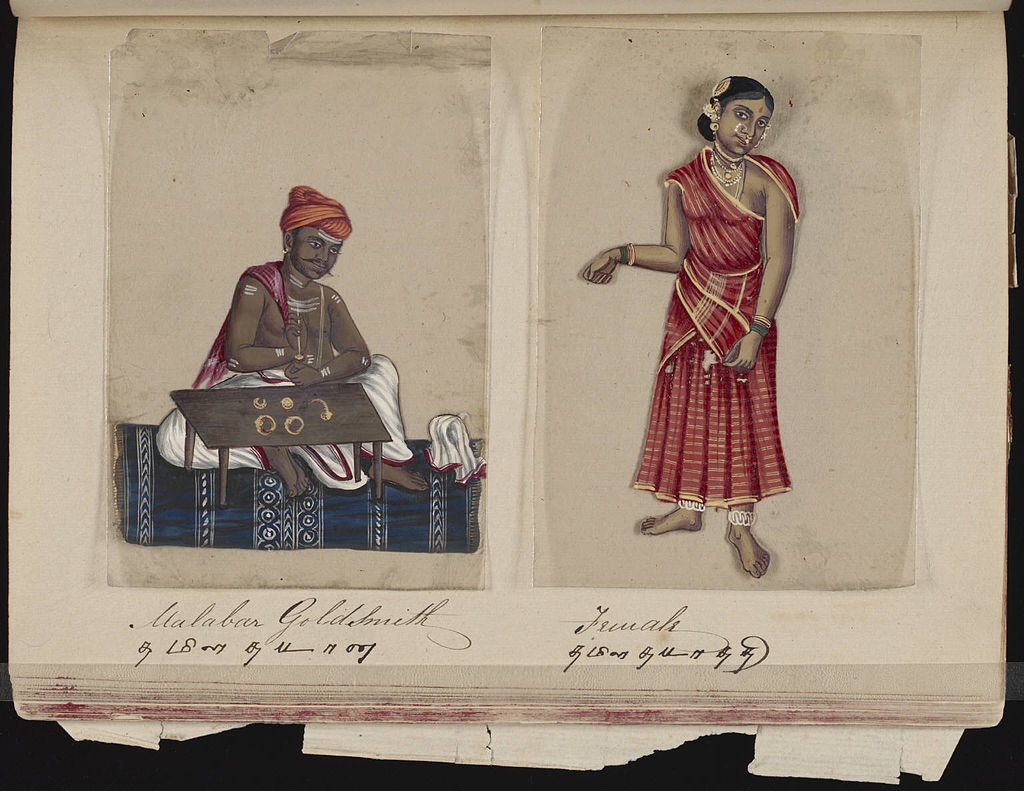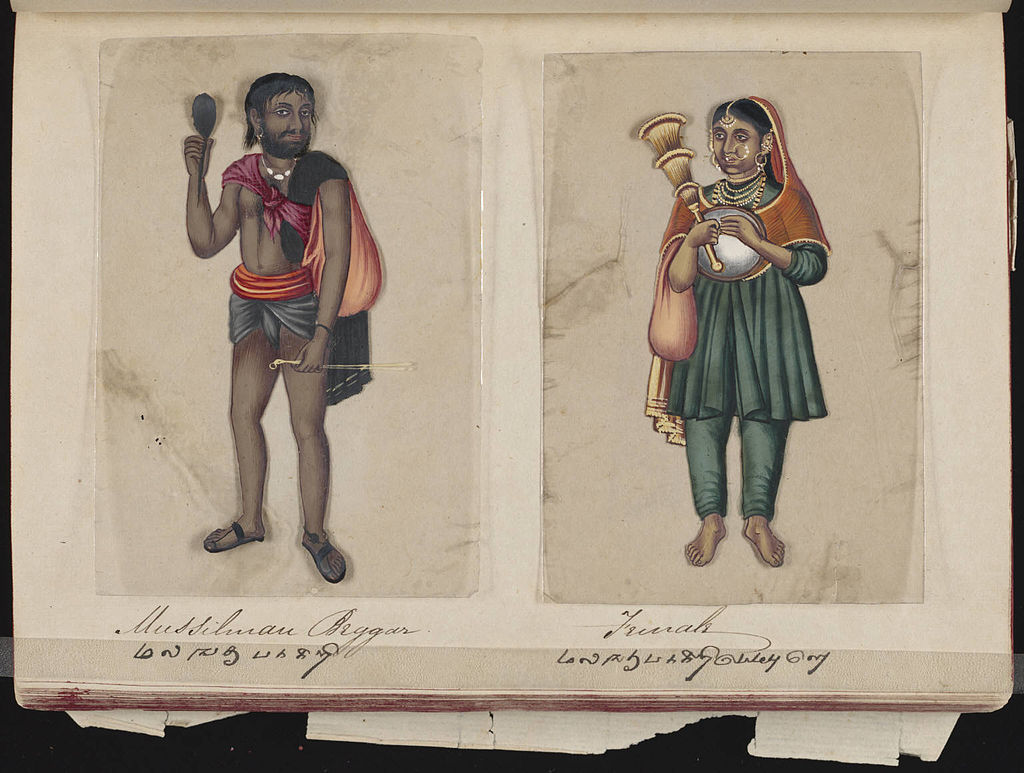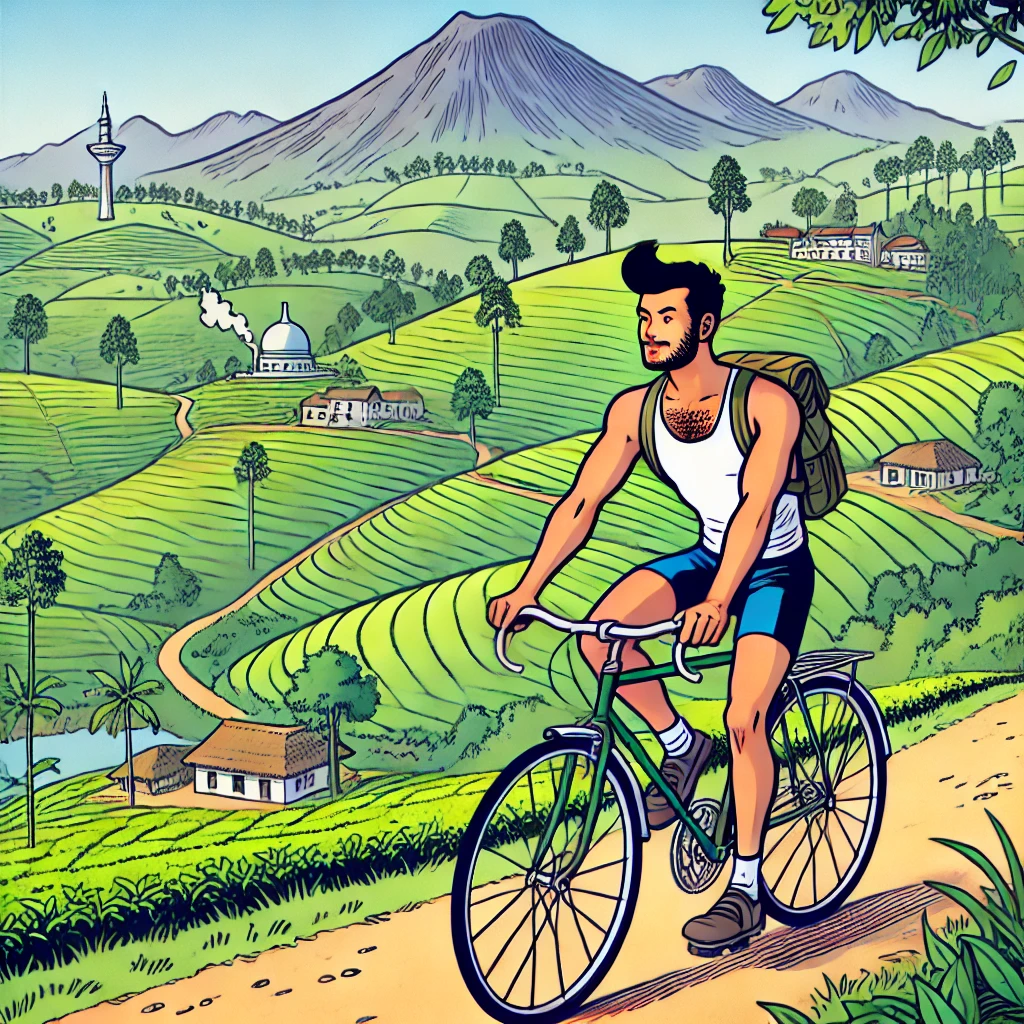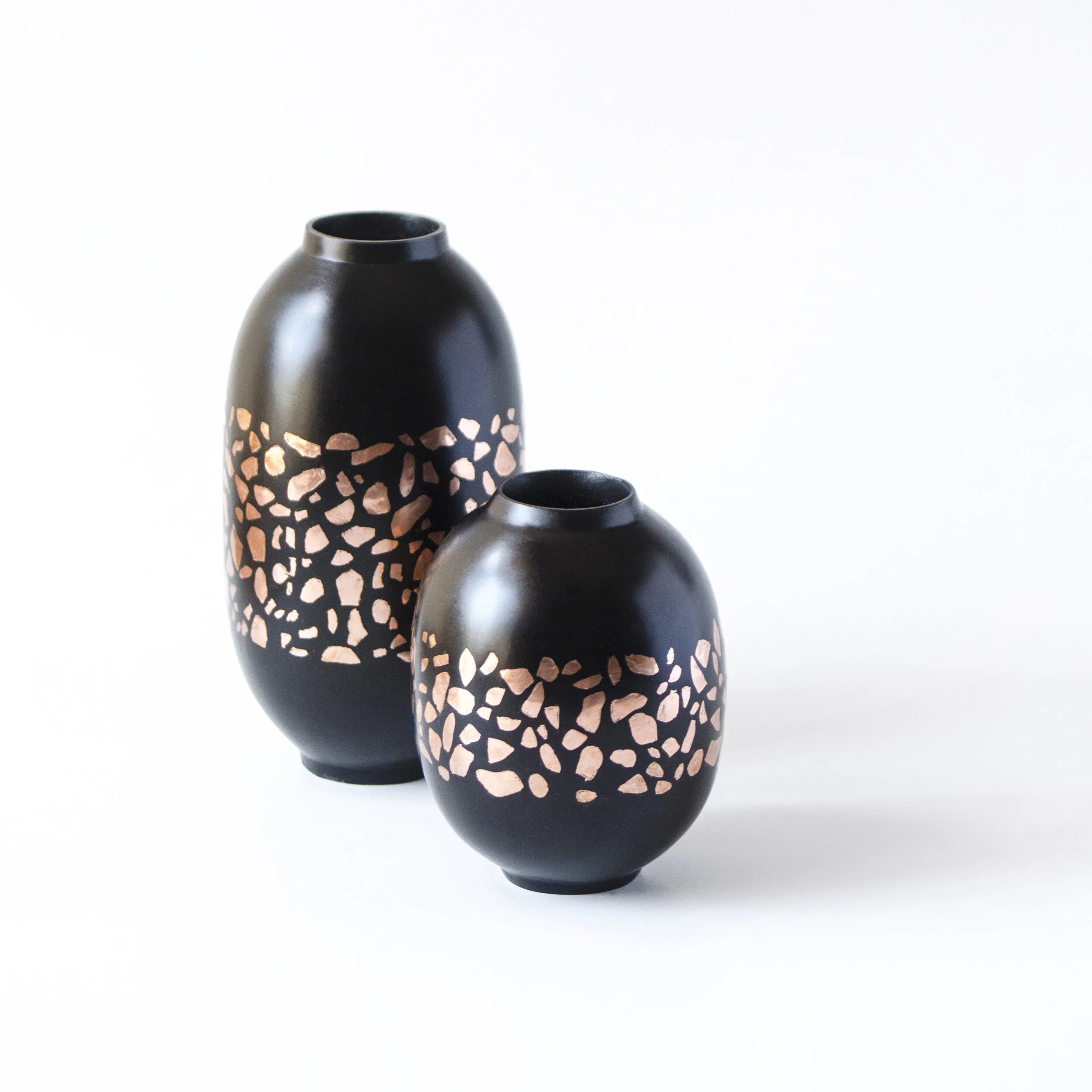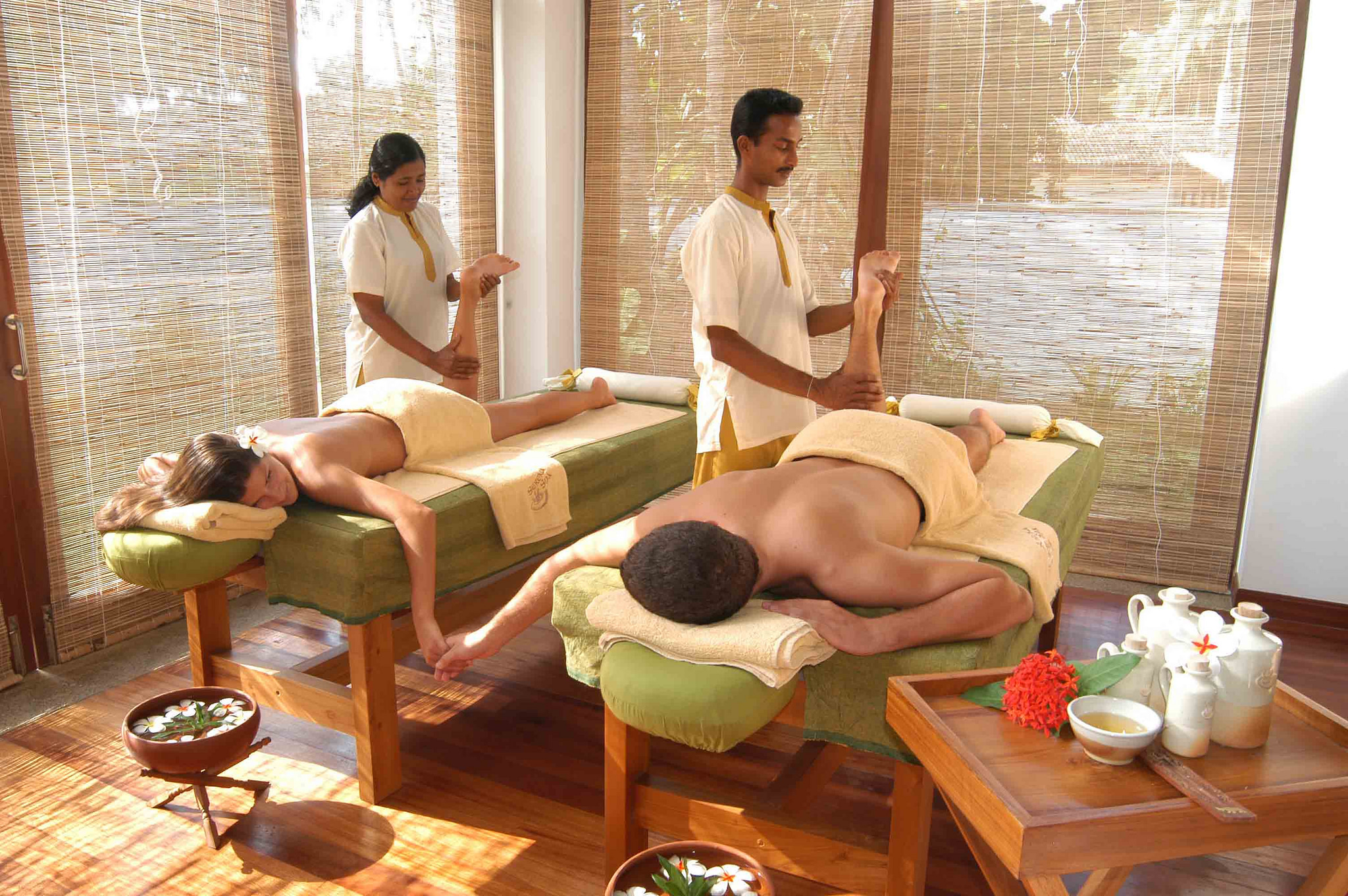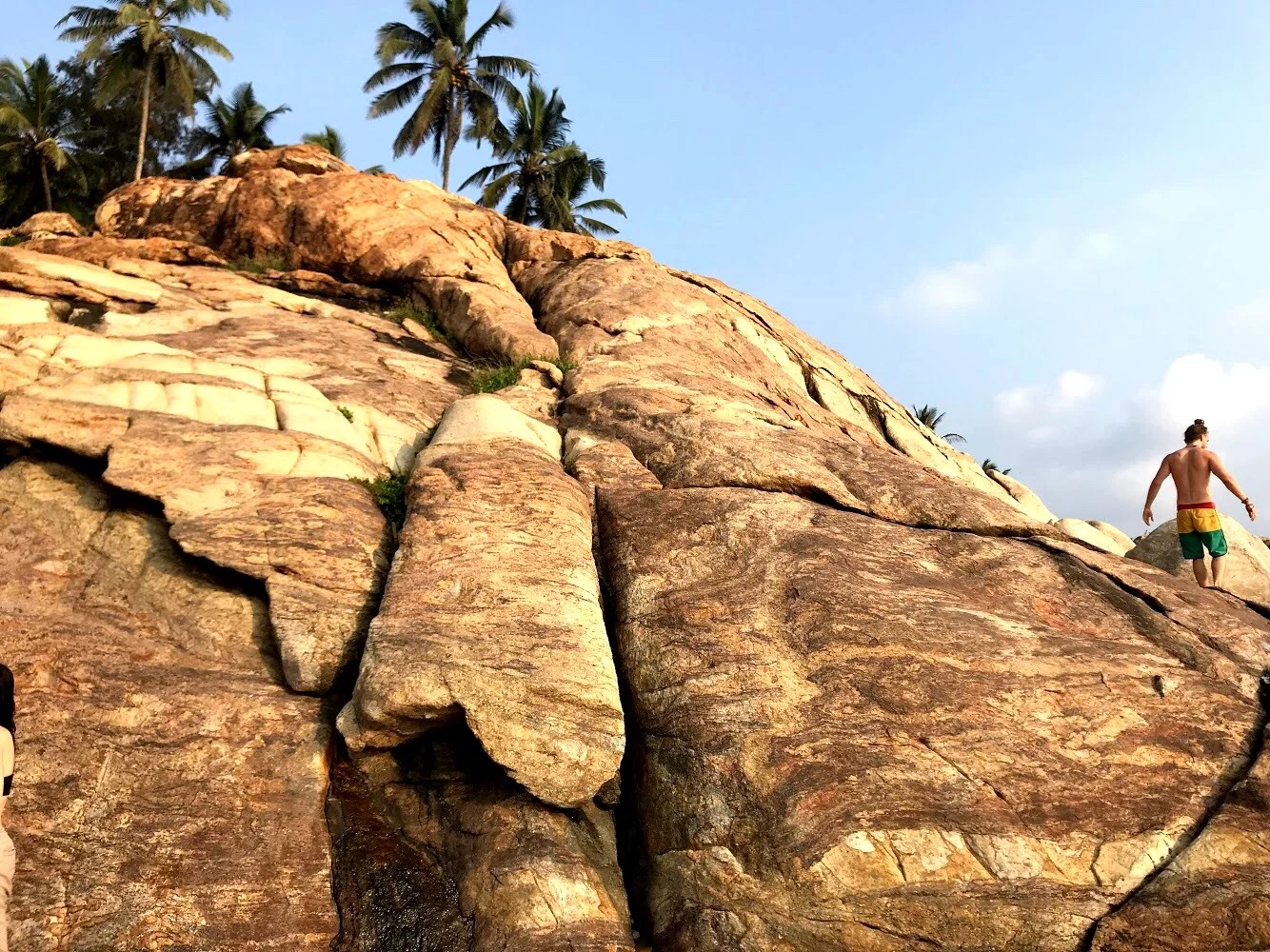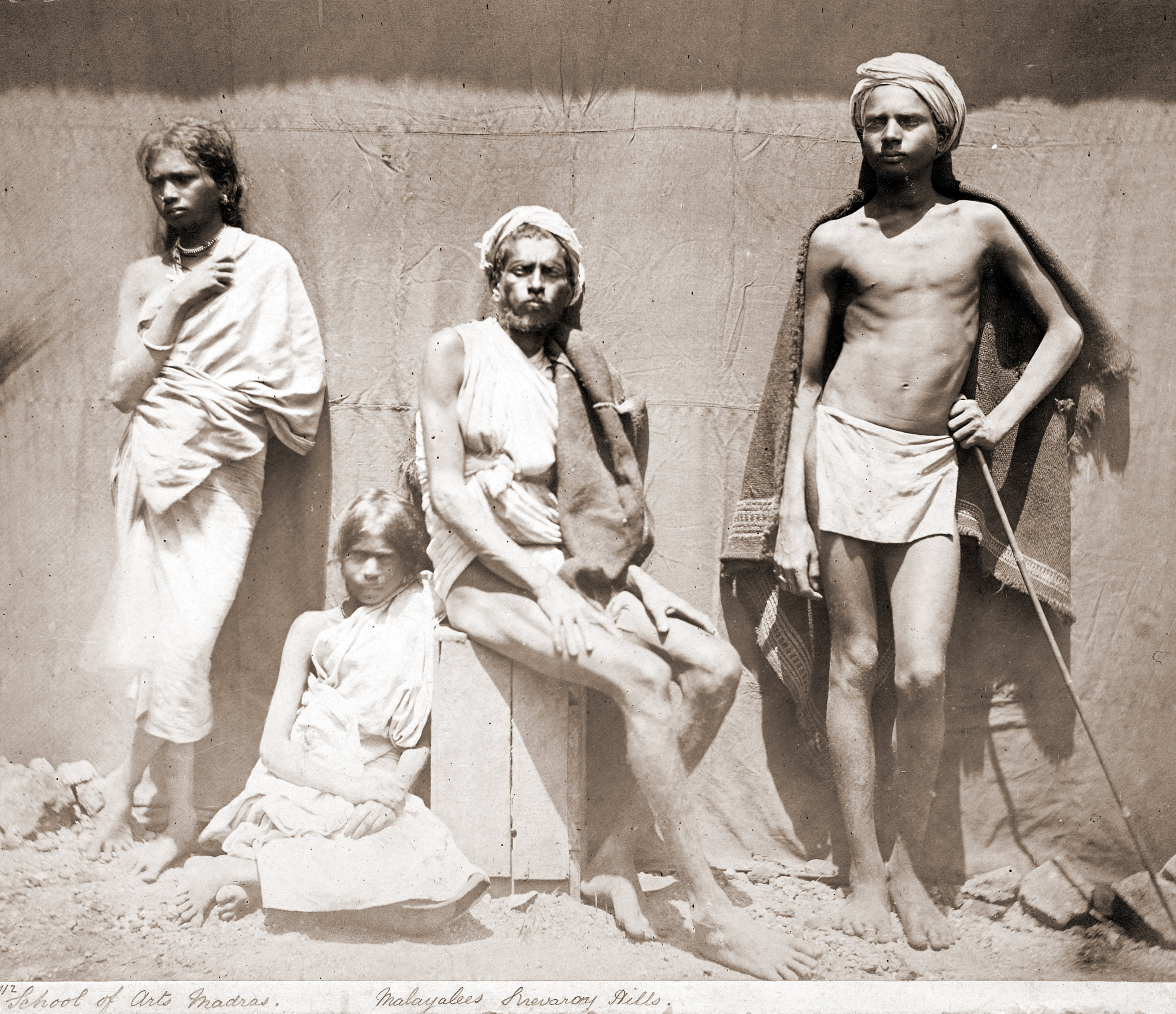Brahmin, Kshatriya, Vaishya, Shudra, untouchable: How did the caste system get started, what is the difference between castes — and how does this shameful practice persist to this day?
Quite a few Asian cultures I’ve experienced think of the head as the holiest of body parts and the feet as the filthiest. Sure, that can be taken literally — but it applies on the spiritual level as well.
In India, they’ve taken this concept to the next level, connecting body parts with actual societal classes. They’ve used that belief to help justify a horrific system of oppression.
“The “untouchables” are forced to perform the worst jobs, including cleaning public toilets, raising so-called unclean animals like pigs, curing hides and sweeping streets.”
What is the caste system?
Think of it as the opposite of the American Dream. In the caste system, people are born into their situation in life, including the occupations open to them. And because they can only marry people within their caste, it’s a vicious cycle that never ends.
“Rooted in religion and based on a division of labor, the caste system, among other things, dictates the type of occupations a person can pursue” as well as the social interactions he or she is allowed, according to Dummies, the company that brings us those …for Dummies books.
“The most obvious problem with this system was that under its rigidity, the lower castes were prevented from aspiring to climb higher, and, therefore, economic progress was restricted,” the site reports.
Each caste is said to have come from a different part of the body of Brahma, the Hindu creator god
What exactly are the main castes — and how do they relate to the body?
Each caste is affiliated with a part of the body of Brahma, the Hindu god of creation.
Brahmins: These are the top dogs. They’re mostly priests, teachers and scholars who supposedly came from Brahma’s heads, or mouths (he had four).
Brahmins are the highest caste in India, composed of priests and those lucky enough to be well educated
Kshatriyas: These are the warriors and rulers, so it shouldn’t be surprising that they originated from Brahma’s arms. Nowadays, they tend to be bureaucrats working in public administration, maintenance of law and order, and defense.
The highest secular class, Kshatriyas include the subcaste Rajputs. Traditionally, they were warriors
Vaishyas: This caste consists of the merchants and traders (e.g., businessmen) as well as farmers, cattle herders and artisans. Hindu myth states that they were created from Brahma’s thighs.
The Vaishya caste includes farmers and those involved in business
Shudras: Also called Sudras, this low caste is comprised of menial laborers and service providers. They derive from Brahma’s feet.
A still from the 2012 Hindi movie Shudra: The Rising?, about the poor treatment of this low caste (I’m pretty sure most of them aren’t this hot)
Avarnas/Dalits: The “untouchables” are forced to perform the worst jobs, including cleaning public toilets, raising so-called unclean animals like pigs, curing hides and sweeping streets. Dalit is the more modern term for this class and translates to “oppressed.”
So low on the totem pole, they’re technically outside of the caste system, Dalits, or untouchables, are relegated to jobs deemed too unclean for the rest of society
These castes get broken down into subsets as well by region.
How did the caste system get started?
It was written in the book — the Manusmriti, that is. This tome, dating back to 1000 BCE or more, is widely regarded to be the most important and authoritative book on Hindu law, the BBC reports. It “acknowledges and justifies the caste system as the basis of order and regularity of society.”
This social stratification might go back even further than that, according to The Logical Indian: The site states that the first mention was called “the Varna system” and was in the Rig Veda, an ancient Indian hymnal believed to have been written between 1500 and 800 BCE.
How does the caste system work?
“The upper and lower castes almost always lived in segregated colonies, the water wells were not shared, Brahmins would not accept food or drink from the Shudras, and one could marry only within one’s caste,” according to the BBC.
If it sounds awful, it was: The caste system trapped people into a social stratification they couldn’t escape from.
The ancient texts helped perpetuate stereotypes about each caste, the Logical Indian reports. “Brahmins were considered to be pure, wise and gentle; Kshatriyas were linked with anger, pleasure and boldness; Vaishyas were deemed to be hard-working people living off the plough; and Shudras were associated with violence and impurity, worthy of contempt.”
Isn’t the caste system supposed to have been abolished?
It was, in 1950. Legally, at least. The constitution banned discrimination on the basis of caste, and, in an attempt to correct historical injustices and provide a level playing field to the traditionally disadvantaged, the authorities announced quotas in government jobs and educational institutions for the lowest castes.
By 1990, the quota rose to just under 50%, applying to groups the government classified by such charming names as “Other Backward Classes,” “Scheduled Castes” and “Scheduled Tribes.”
Mahatma Gandhi fought for the rights of the Dalits, calling them Harijans, or the Children of God.
What about the deadly protests against the caste system?
“Outbreaks of violent protests have raked into an ugly spotlight the views of those people who are dissatisfied with affirmative action,” CNN writes.
In February 2016, the Jats, a well-off group of farmers and traders from Northern India, protested. By the end, 30 people had been killed while clashing with the police, buildings were burned, and canals damaged.
Have there been any success stories for those from lower castes?
K.R. Narayanan, the first Dalit president in India — and hopefully not the last
There have been some strides towards equality thanks to the quota system, including the election of a Dalit president, K.R. Narayanan, in 1997.
Despite this, only one Harijan in 3,000 can read (compared with India’s average of one in six) and Harijans make up 33% of India’s landless, The Guardian writes.
Some of the lower castes have sought refuge in Buddhism, while others have found urban centers to be an easier place to mix with other castes.
Discrimination and prejudice continue to this day, our friend Prakash told us when we visited Vadodara, India. He’s a Dalit, whose parents are both school janitors. He explained that many Indians today judge people by their skin color. The lower castes tend to have darker skin, which is seen as less desirable by many.
“If it sounds awful, it was: The caste system trapped people into a social stratification they couldn’t escape from.”
These images come from the manuscript Seventy-two Specimens of Castes in India. They were all hand-painted portraits of people living in Madura, India. The album dates back to 1837 and was compiled by the Indian writing master at an American missionary school and was given to a Reverend William Twining. –Wally


